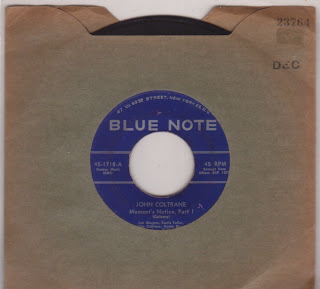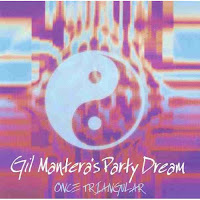
Paul Hindemith's Kammermusiken hailed a new style that was beginning to emerge in the world of musical composition. Although, his earilier works drew on the sources of Webern and Schoenberg, Hindemith's work in the 1920s began to take on a more contrapuntal style similar to that of Bach. The genre was described as neoclassical but this was a different neoclassicism when compared to the works of Stravinsky.
The piano parts in the Piano Concerto, for example, had a very polyphonic layout and were reminiscent of Bach's keyboard Inventions- less in harmony but more in the linear style of the piece. While the second movement evokes memories of Bach's concerto movements, due in part to its emphatic ostinato theme which withdraws into the background only to return to the surface later.
Kammermusik No.6 introduces the viola d'amore, a favorite instrument of the Baroque period, and was played by the composer himself when performed publicly.

Hindemith's compositions were in direct opposition to the Romantics and shunned the public's fascination wtih large symphonic orchestras. Favored instruments such as the horns and trombones were completely stripped out of the works and the strings, once used to employ a sensuous profusion, were now only used in rhythmic pulses. Rhythm that hints at jazz but without being caught up in the mass hysteria that existed in that day.
Later, in the 1930s, the German government had trouble discerning the "validity" of the work that Hindemith churned out. Some describing it as nothing more than Entartete Musik, while others stating that it was worthy of recognition due to the frequent references to folk music. The Reich Music Chamber eventually employed him (despite being wed to a Jew) but only after he swore an oath to Hitler. The work he was commisioned for never materialized.
Here is the entire recording of the 7 Kammermusiken box set performed by the Concerto Amsterdam released on Telefunken.
For more information about the work of Hindemith, see his book The Craft of Musical Composition.





